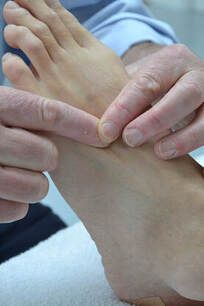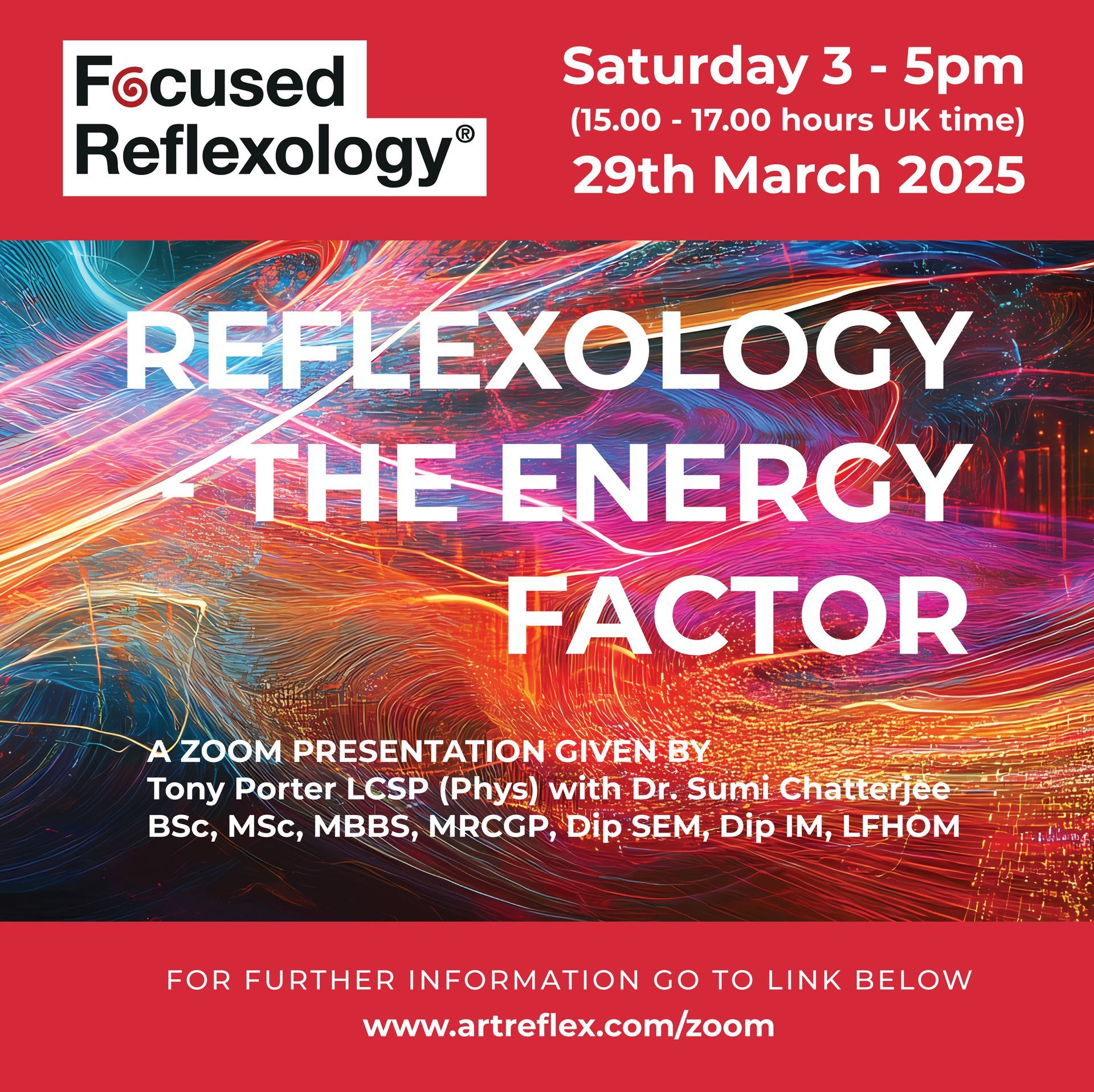The dilution of reflexology
The title of this blog may be surprising — if reflexology has become diluted, why is it so popular?
Before continuing, I must make clear that I am not out to ‘bash’ all of the well meaning and dedicated reflexologists out there.
My aim is to reveal the trajectory that reflexology has made since the time of Eunice Ingham until today. It is from this that the essence of what was known as reflexology has indeed become diluted.
I have the value of hind-sight due to the length of time I have been involved with reflexology and through my long association with the Ingham ‘family’. It is because of this that I am able to relate the difference between reflexology then and now.
The primary purpose of reflexology is to detect and ‘work out’ relevant reflexes. The techniques which were developed by Ingham for this purpose, are identified as the classical techniques, which is the default ‘walking’ type of contact popular today. This forms (or should form) the foundation of reflexology.
However, it is here that the first dilution of reflexology occurs -
The classical (walking) techniques cannot be used in conjunction with any type of lubrication.
Somehow the use of combining the classical techniques of reflexology with a lubricant has become commonplace. It has changed reflexology into something akin to a shuffling thumb, type of foot massage, which is not the reflexology I was weaned on! There are specific techniques (such as those of A.R.T.) which are designed to be used in conjunction with lubrication, should it be needed, but, I repeat, never with the classical techniques!
What is the identification of reflexology today?
Today, the general aim of a reflexology treatment is to relax the client, indeed this is the way that the therapy is now accepted. I admit, that having someone apply a lubricant to the feet and give a light massage with the perambulation of fingers and thumbs is relaxing —
however, it is not reflexology!
What was the original purpose of reflexology?
The original purpose of reflexology is readily understood by paraphrasing Eunice Ingham’s ‘Find a sore spot and work it out” mantra.
This was the way that we were all taught in those days — to find a sore spot (disturbed reflex) and work it out using the classical techniques (without lubrication).
This process may not have been particularly relaxing to the client at the time. The remit was to apply specific contacts in a positive way and focusing on the disturbed reflexes for sometime minutes — not just a fleeting wisp from an oil-infused thumb. The aim of each treatment was about its therapeutic benefits and not relaxation. The sensation experienced by the client was one of a ‘good or sweet pain’.
In fact, this is what clients expected and paid for in those days, many experiencing therapeutic benefit and relief from even long-standing ailments very quickly. We must have been doing something right, as we were booked weeks in advance for this type of treatment. I can remember working from 9am through to 9pm on my London clinic days.
There is a great and largely untapped potential for this original approach to reflexology — it only needs a change to the concepts of reflexology and to the way treatments are given.
What was the original purpose of reflexology?
What is the problem with using lubrication with the classical techniques?
The aim of effective reflexology is to be able to detect and then apply appropriate contacts to the disturbed reflexes. This will not be possible on feet that are swathed with lubricant, particularly on the dorsal areas of the feet where the finger tips are used to detect and contact the reflexes — the reflex applications here are such that they demand a dry lubricant-free surface to be effective.
This is the reason why I divide treatment
sessions into two phases.
Phase 1 & Phase 2 . I shall explain the reason and value of this in this in my next blog.
Best Wishes
Tony Porter











